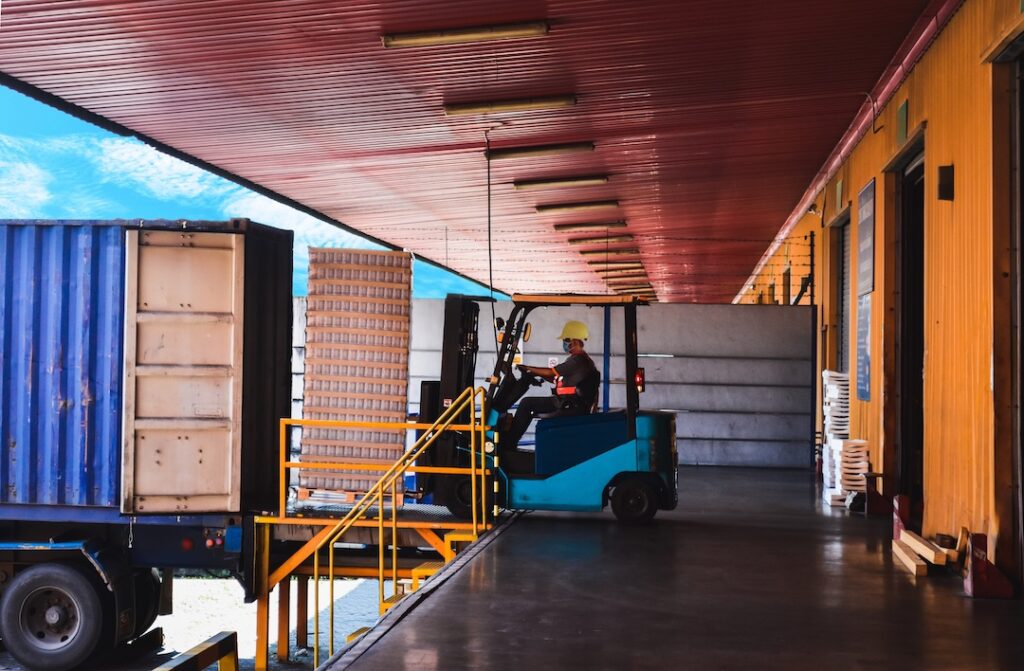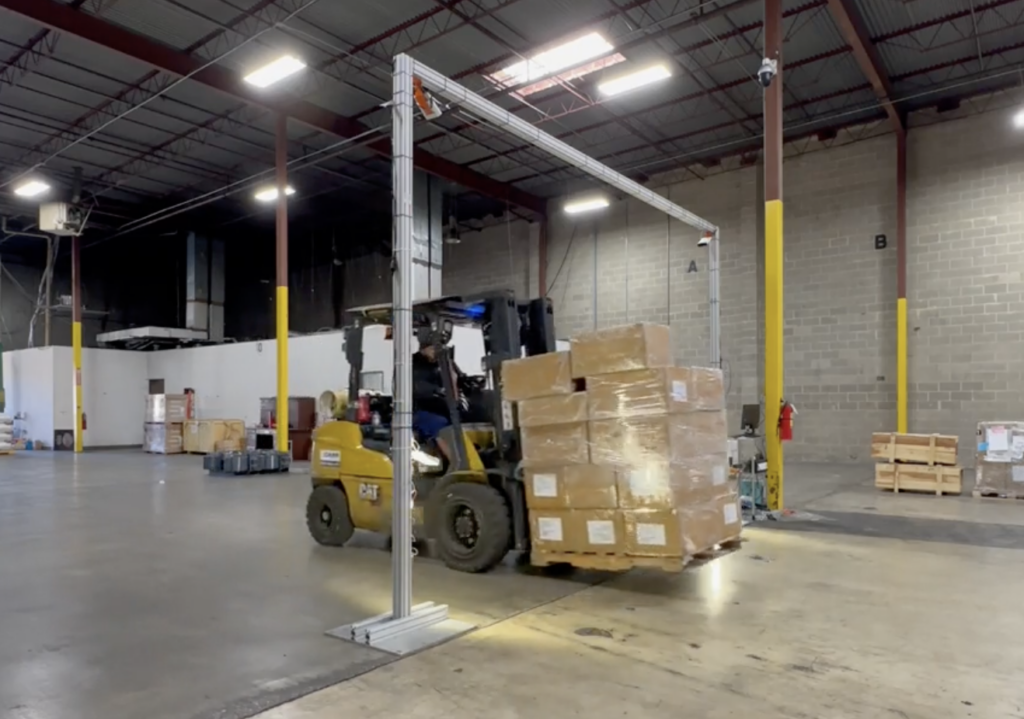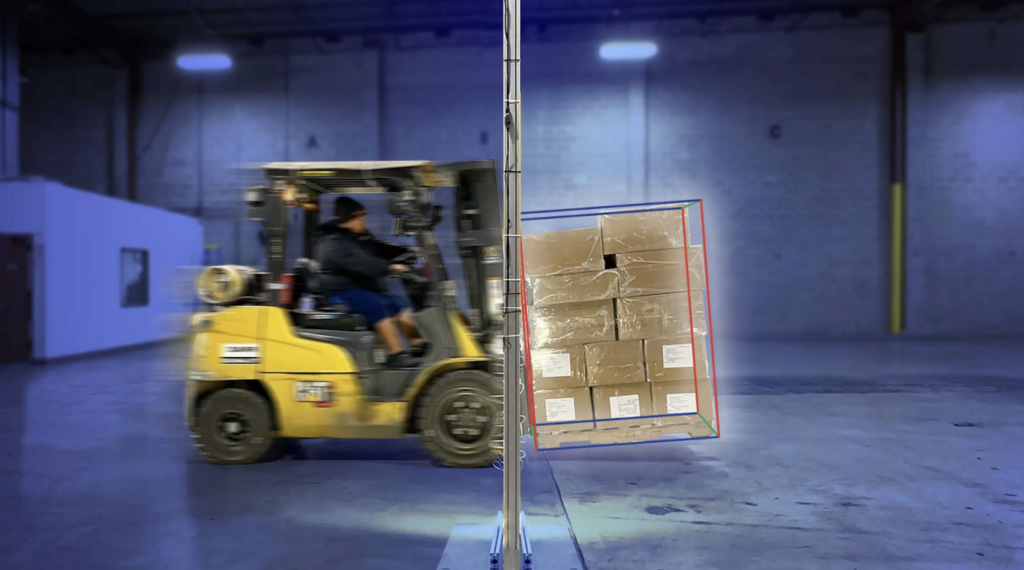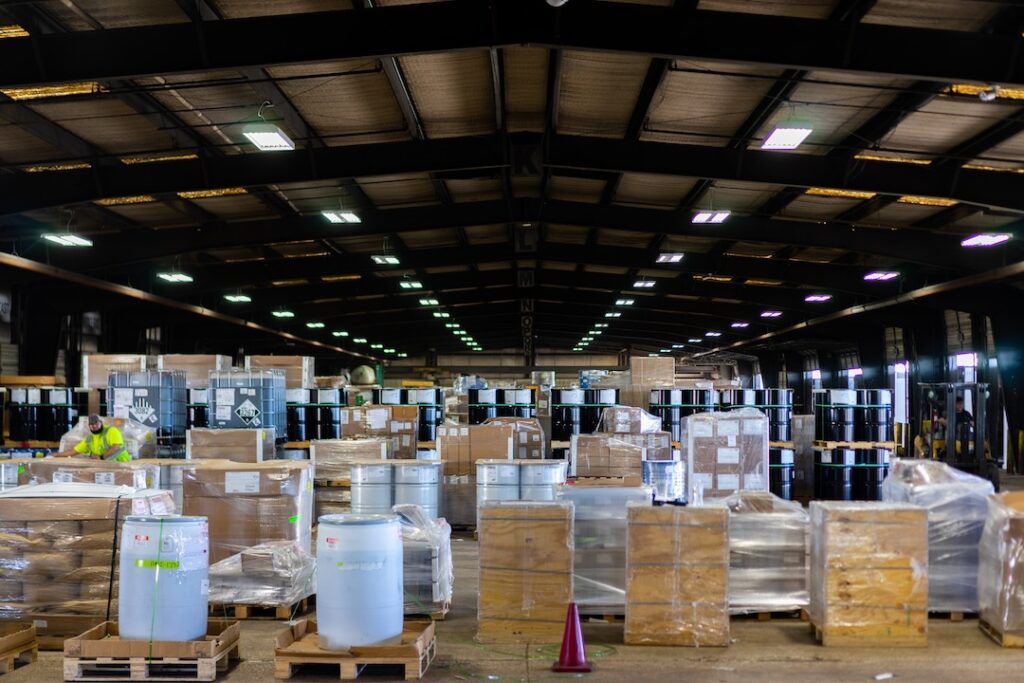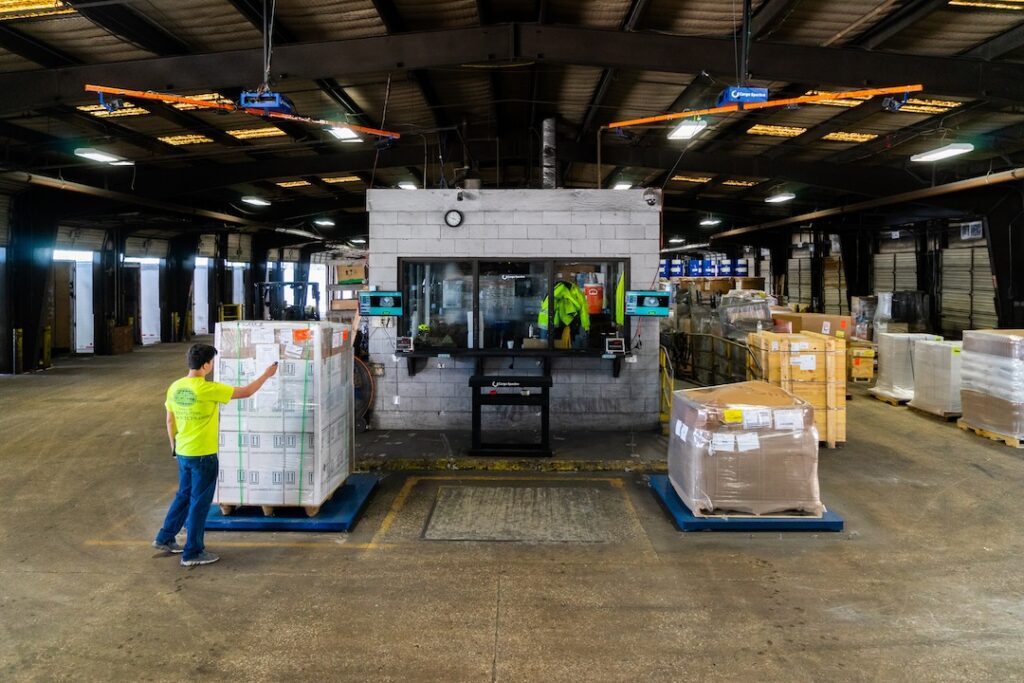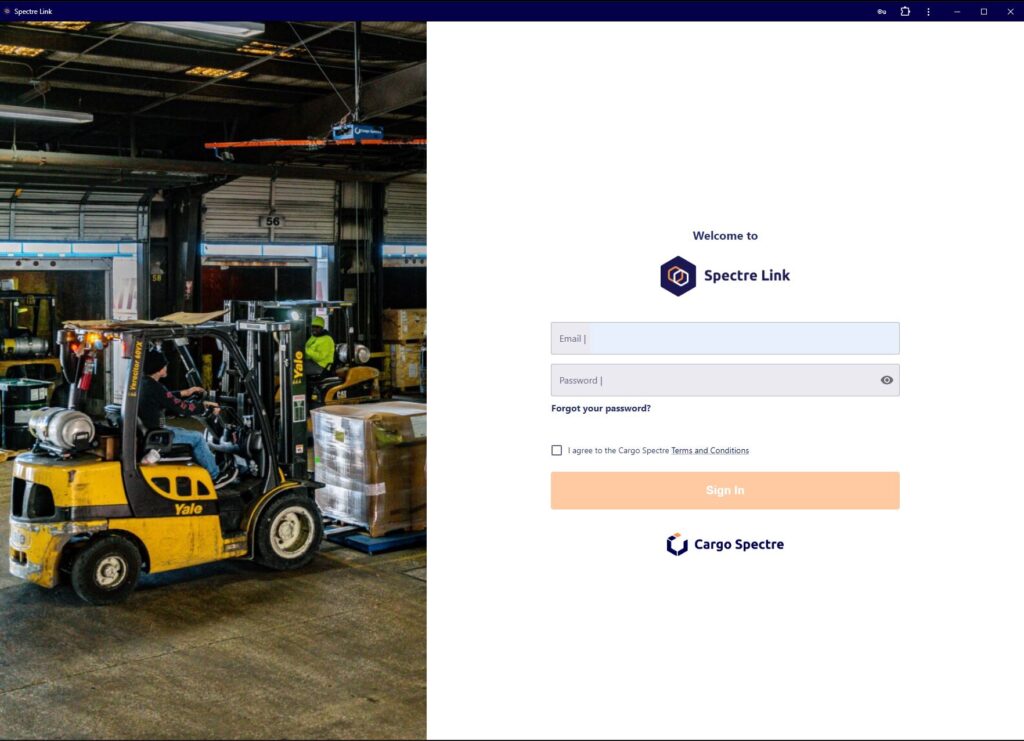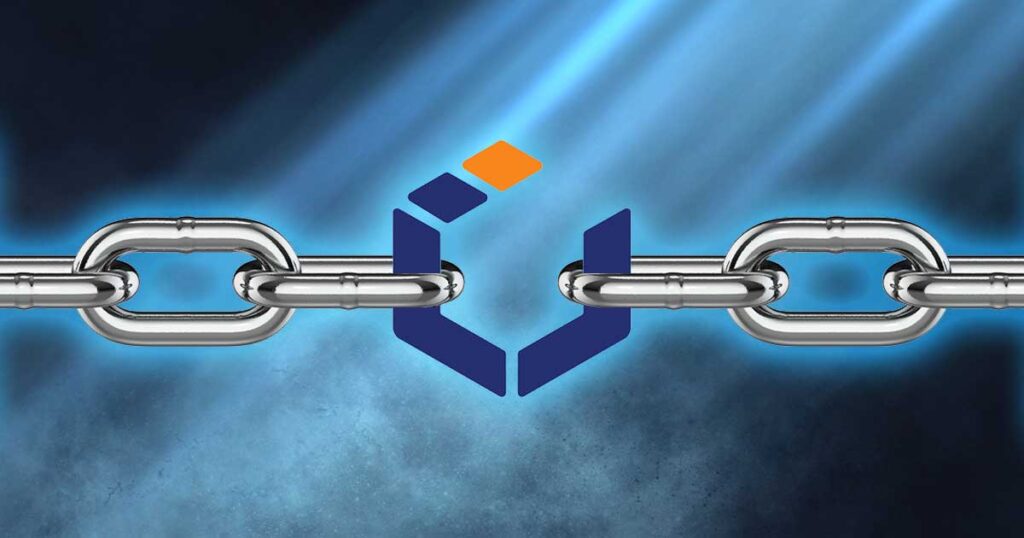
The average consumer doesn’t have a lot of insight into the underlying issues behind the worldwide supply-chain slowdown we’re currently experiencing. All he or she knows is that their order is taking way longer than they expected to arrive. It must be related to the pandemic, right? Sometimes, it feels as though we in the cargo freight industry don’t have any smarter answer than that, either.
Of course, there are myriad pandemic-related issues causing the unprecedented supply chain issues with which we’re grappling. Changes in consumer behavior and government regulations, increased travel restrictions, surges in demand for certain products, and limited supply visibility all play a role. But there seems to be only one solution to the problem: Increased supply chain resilience.
In short, supply chain resilience is the global supply chain’s ability to prepare for unexpected risk events (such as, say, a global pandemic) and respond and recover quickly from disruptions. Though supply chain optimization was once relatively low on the list of enterprise priorities in our industry, it’s now top priority for many cargo shippers and warehouses. These businesses are now discovering that automation is the key to building supply chain resilience.
Using automation to streamline operations and analytics to connect data end to end makes supply chains more resilient. Automating manual tasks, such as pallet and parcel dimensioning, reduces errors, duplication, and rework to boost employee productivity. As a result, businesses can quickly respond to peaks and troughs in demand in both the short and long term.
Cargo Spectre’s cutting-edge, machine-learning cubing and weighing equipment automatically collects and stores data that can be shared and analyzed in real time, closing the shipping loop across the supply chain. This automated data gives our clients the ability to move cargo without delays. Inaccurate data collected manually can lead to audit fees and hold times that can cost more money; Cargo Spectre eliminates this risk.
Part of supply-chain resilience is knowing that your carriers or shippers will move your freight as planned at the agreed on price without delays, fees, or fines. By instantly feeding cargo information into our clients’ databases of choice, this dimensional data can speed and improve processes from the beginning of the supply chain to the end.
Working in tandem with analytics, Cargo Spectre will help you improve demand forecasts, uncover end-to-end insights, and make more informed investment decisions. Our customers are now using data collected by our systems to identify supply chain risks and create early warning systems with much greater speed and precision.
The pandemic has revealed that our global supply chain comprises very fragile systems. Even small inefficiencies can produce shortages that result in high costs for both our industry partners and end consumers. To combat the problem, our automated 3D cargo dimensioning systems add more efficiency and streamlining, making the system more resilient and agile.
Best of all, Cargo Spectre may be the world’s most affordable way to build resilience into the supply chain. Unlike every other cargo dimensioning option, Cargo Spectre does not require a large, upfront investment. Our equipment is composed of off-the-shelf, non-proprietary hardware that is affordable on any budget. We only ask for a one-time upfront cost of $6,000 that includes equipment, installation, and training. Our software requires only a $500 per month subscription fee to use, and that includes unlimited tech support! It’s incredibly affordable and completely scalable to any warehouse operation, large or small.
If you’re ready to add resilience to your supply chain for a tiny upfront cost, contact us today. Our logistics operations experts are standing by to recommend a custom dimensioning solution tailored to your organization’s specific needs.

